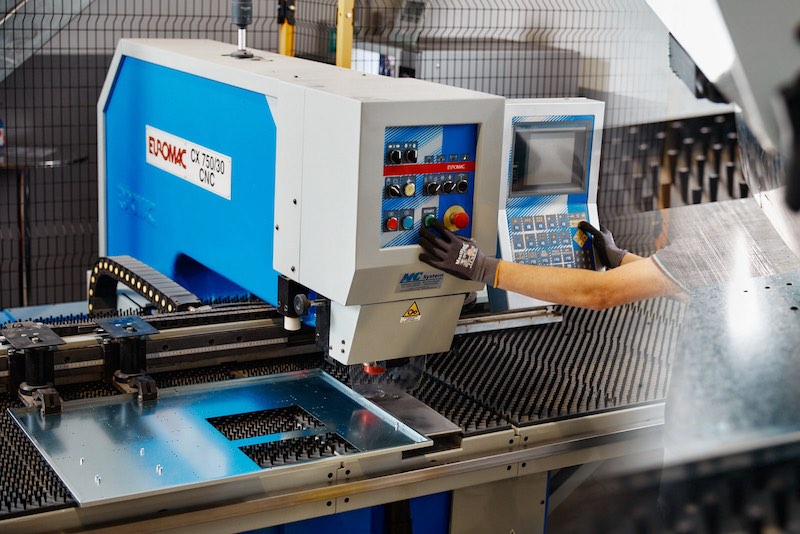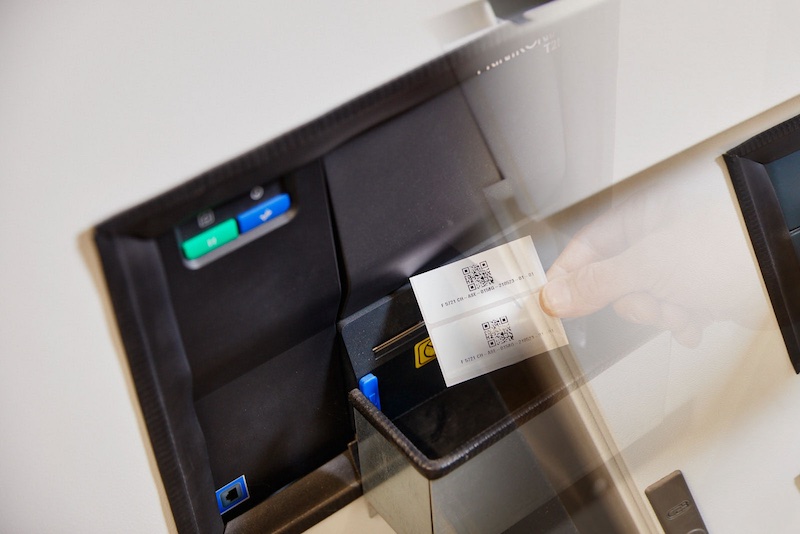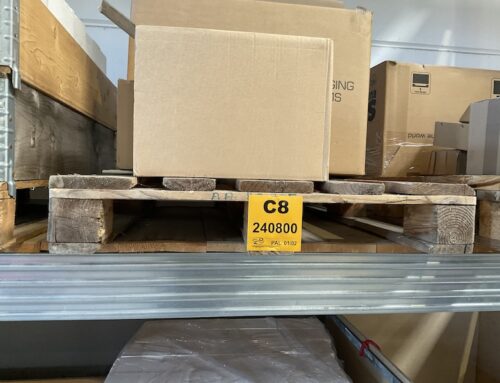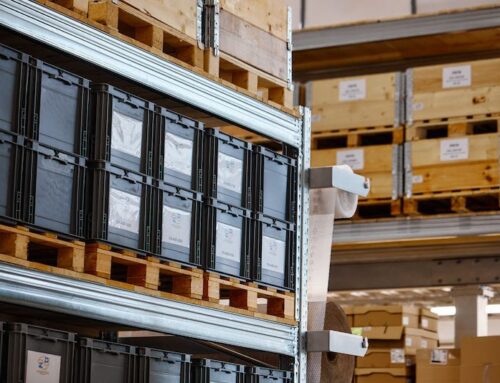It’s time to take a look at Industry 5.0 and the implications this new ‘direction’ may have on the manufacturing sector, as well as on the entire economy of the country.
Many have defined Industry 5.0 as an ‘extra-technological‘ evolution, where data will take over and increasingly regulate production processes, as well as the decisions every company makes in its respective market.
This process has been in motion since the now past Industry 4.0, but the definition may be limiting, because this phase also requires placing people back at the center of the entire production process to create more balance between digitalization (and automation) and human potential.

From Industry 4.0 to Industry 5.0
The Internet of Things (IoT), Artificial Intelligence, robotics, and data analysis defined a phase called Industry 4.0, where machines, systems, and sensors aimed to optimize production.
Industry 5.0 takes a step further by focusing not only on technological and digital advancements but also on the human aspect and the relationship between humans and machines.
The goal is to create a working environment where machines do not dominate and where decisions are not entirely delegated to them. It envisions a reality where human expertise, decision-making ability, and creativity can collaborate with machines to optimize and personalize production, all while maintaining a strong focus on sustainability.

The 3 characteristics of Industry 5.0
We can summarize the 3 main characteristics of Industry 5.0 with the following points:
- Collaboration between humans and machines: in this vision, there must be cooperation between systems, robotics, AI, and humans so that every stage of production is customized. The core idea is to delegate as many repetitive and high-risk tasks as possible to machines, allowing humans to focus on higher-value operations.
- Customization of work (and products/services): thanks to increasingly refined digital tools which help out, companies can customize their products and services on a large scale, improving performance in terms of both production and economic results.
- Sustainability: as we often emphasize in our content, sustainability is a key issue, and Industry 5.0 must take it into account, aiming to create truly sustainable services and products for the world and its inhabitants.

What challenges arise from the Fifth Industrial Revolution?
The benefits of the Industry 5.0 vision are numerous, but it’s important to also consider the challenges that Industry 5.0 brings with it.
It is undeniable that in order to implement this vision, companies must invest in technology and they must work towards building a new corporate culture.
At ZD, we have always believed that technological investments are the driving force behind increasingly refined, detailed, and client-friendly industrial electrical panel design and production.
This aspect is evident in every phase of industrial electrical panel production, starting from the design phase and continuing with assembly and wiring. Maintenance also benefits, as it can rely on detailed data and systems, allowing for more timely and as a consequence more precise and tailored interventions.
In this context, the human element comes into play, which, according to our values, is the foundation of everything because our products, industrial electrical panels, serve as the bridge between people and energy.
The vision of a productivity where people use (in the positive sense of the term) the latest technological and digital innovations to enhance their creative role is therefore aligned with our values and our idea of the future for Italian businesses.
For more information about our services, click here and contact us.
Resources: L’Industria 5.0 dal Ministero delle Imprese e del Made in Italy






